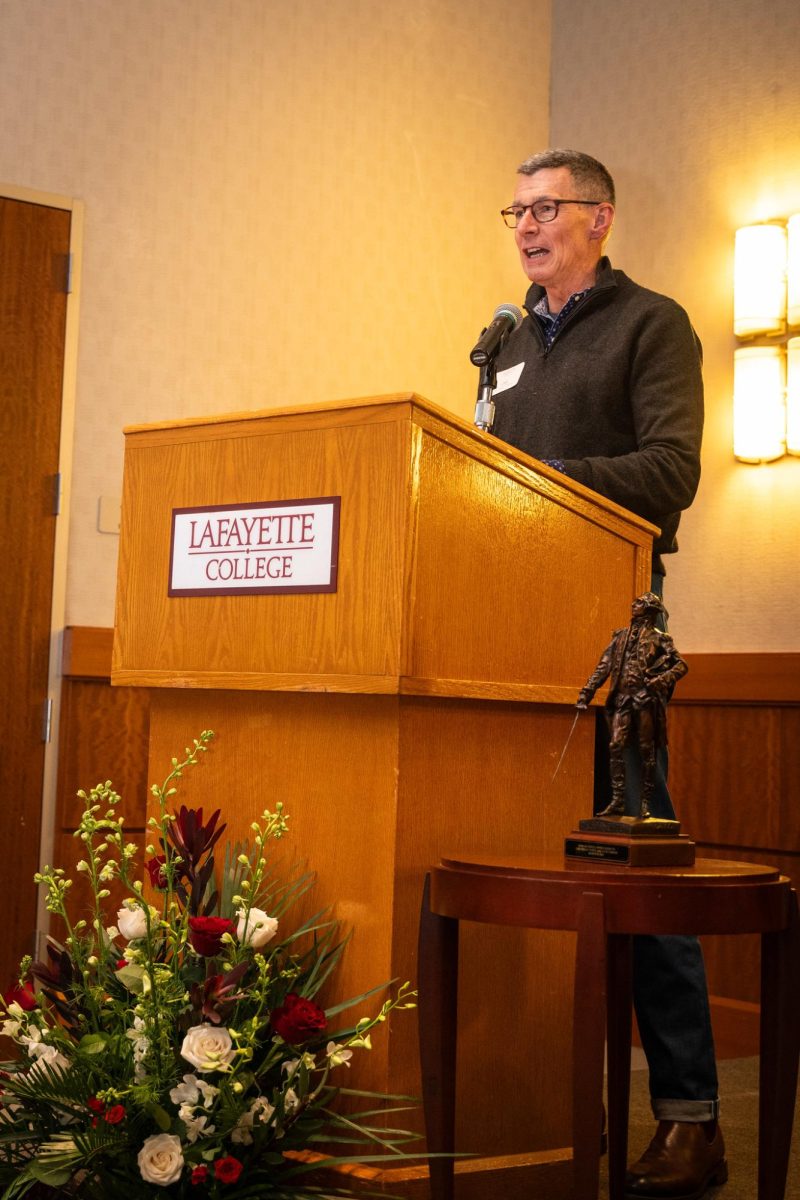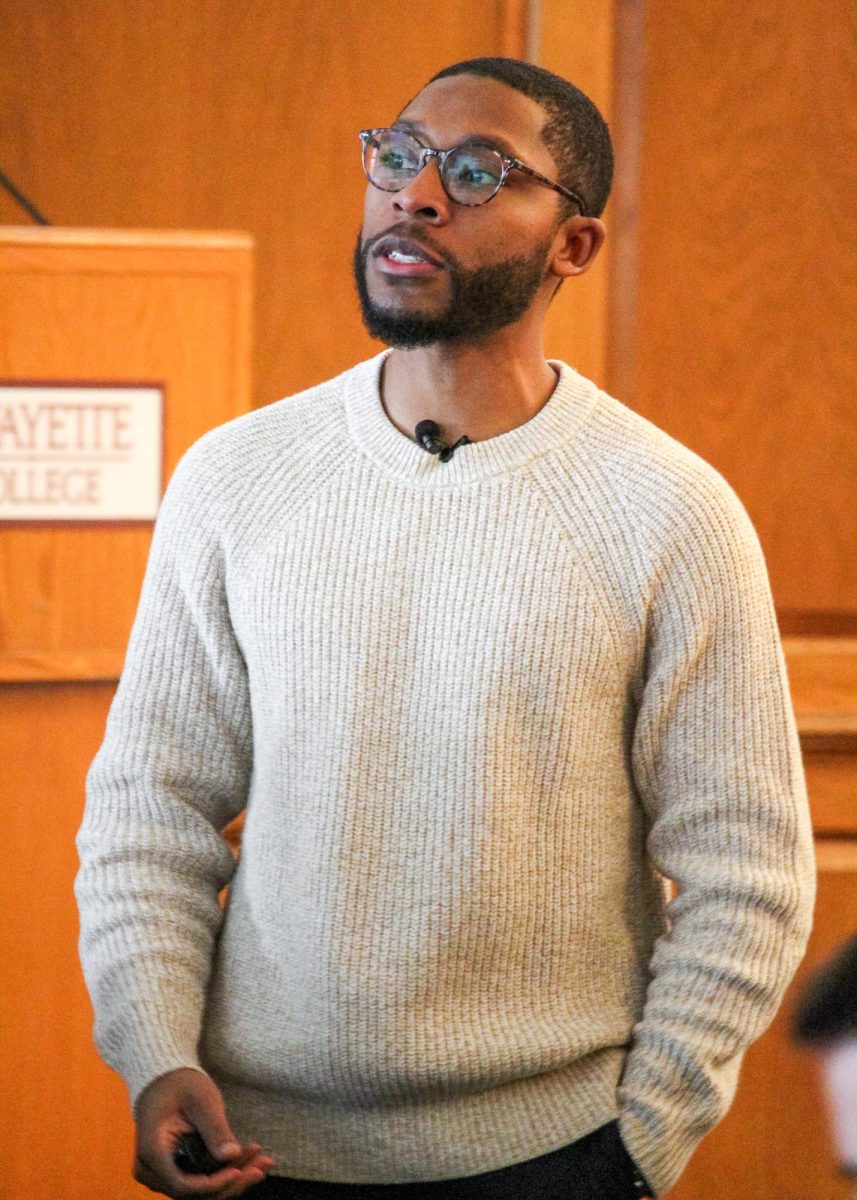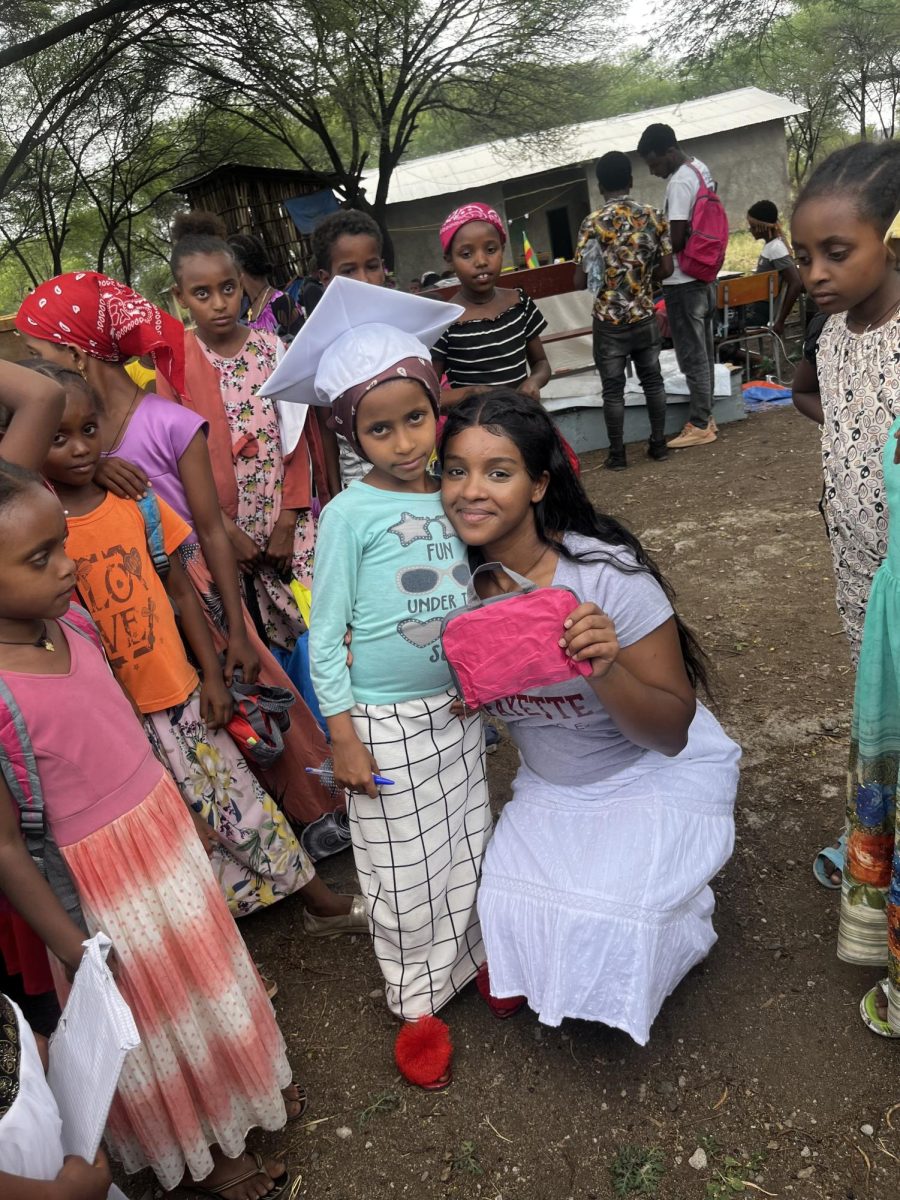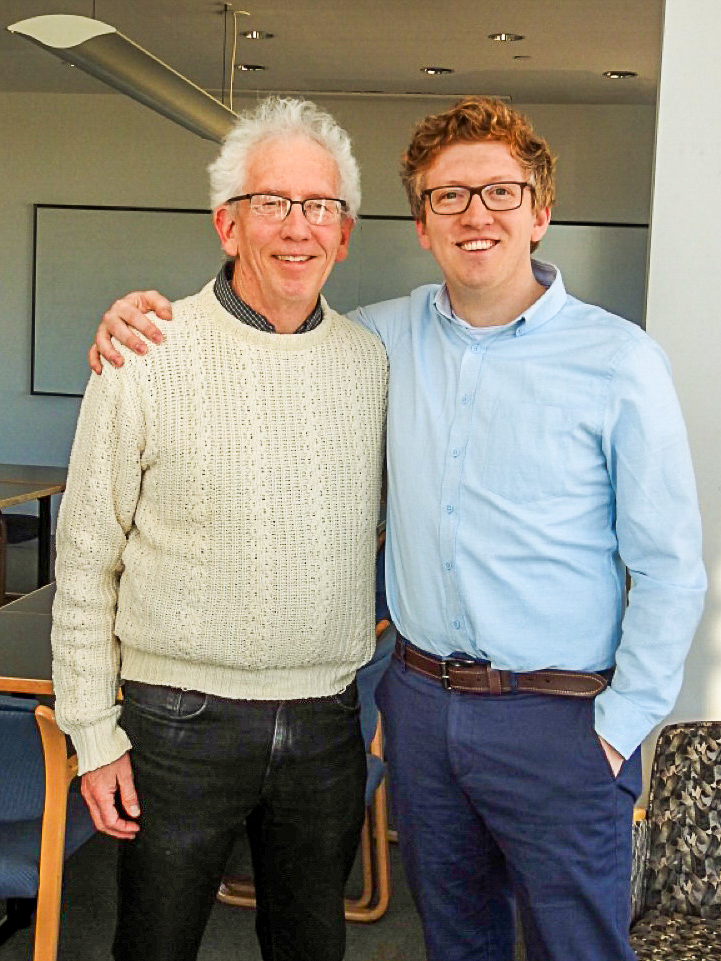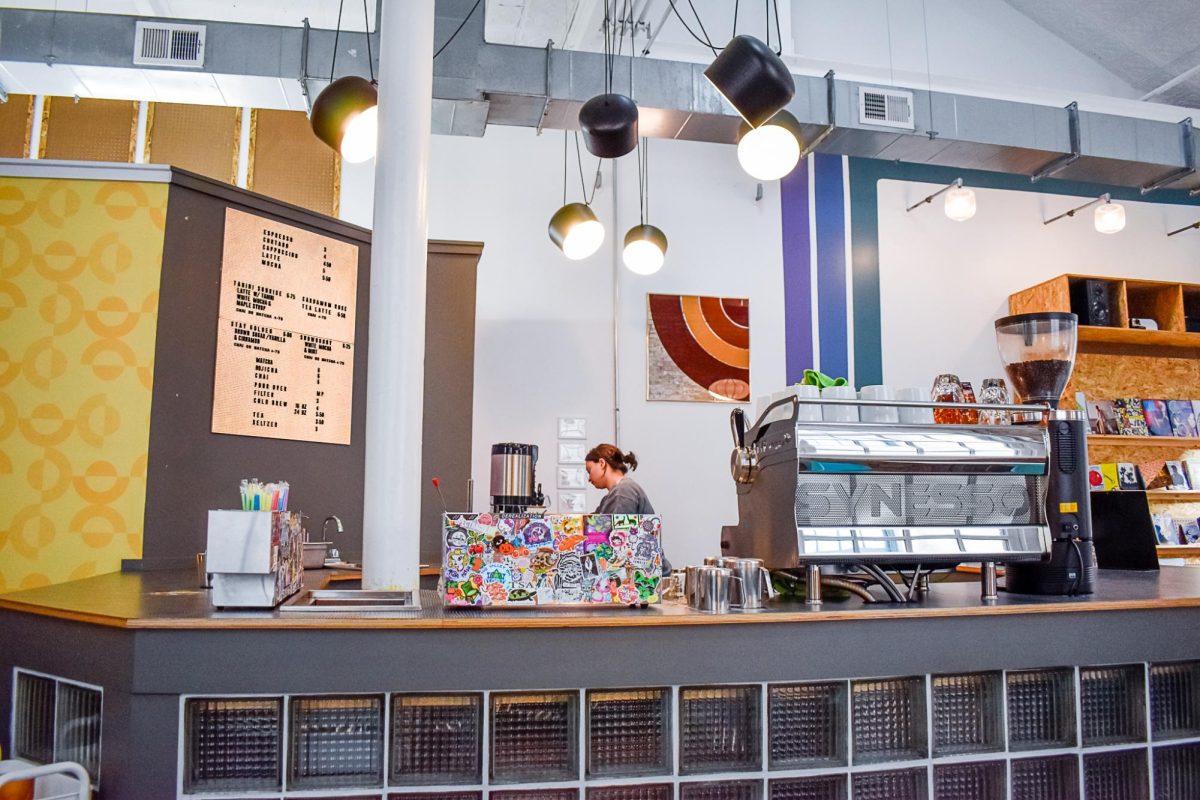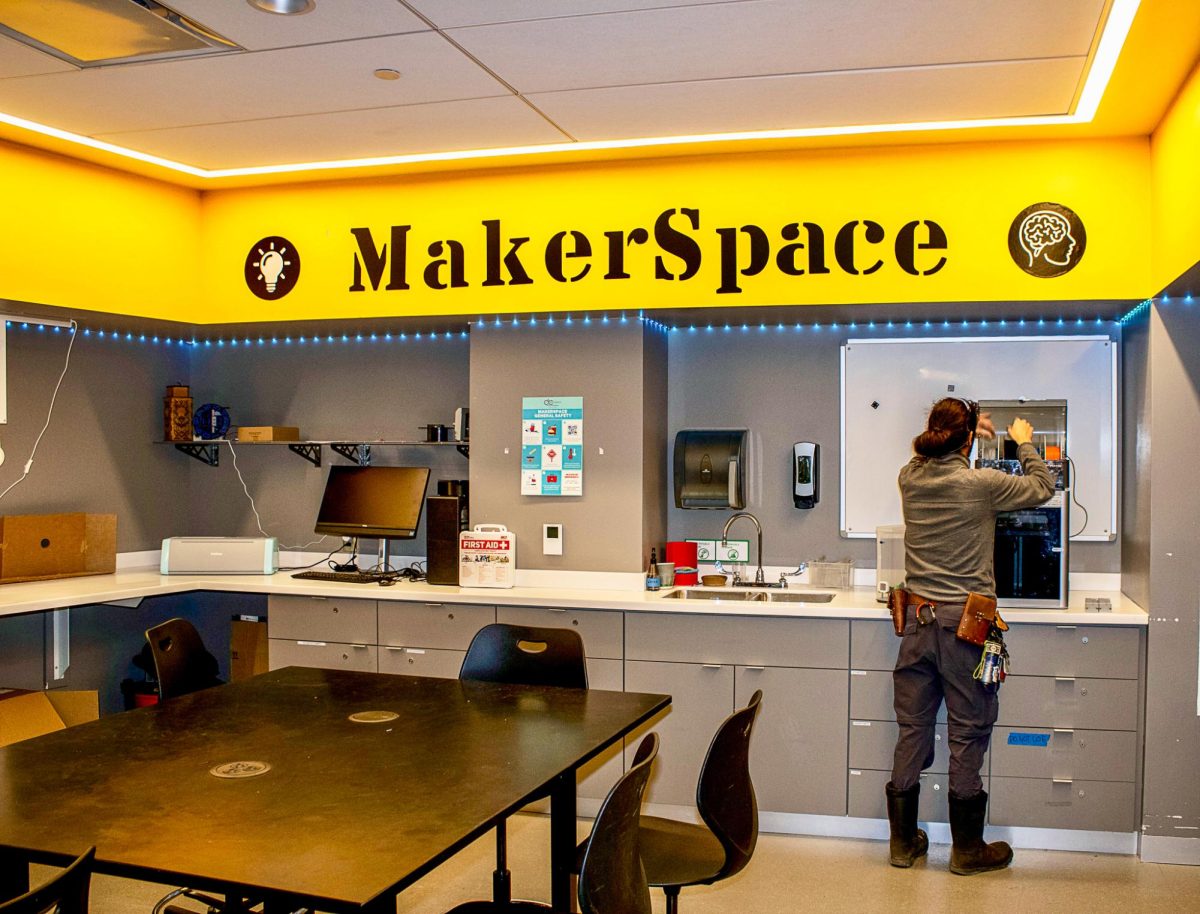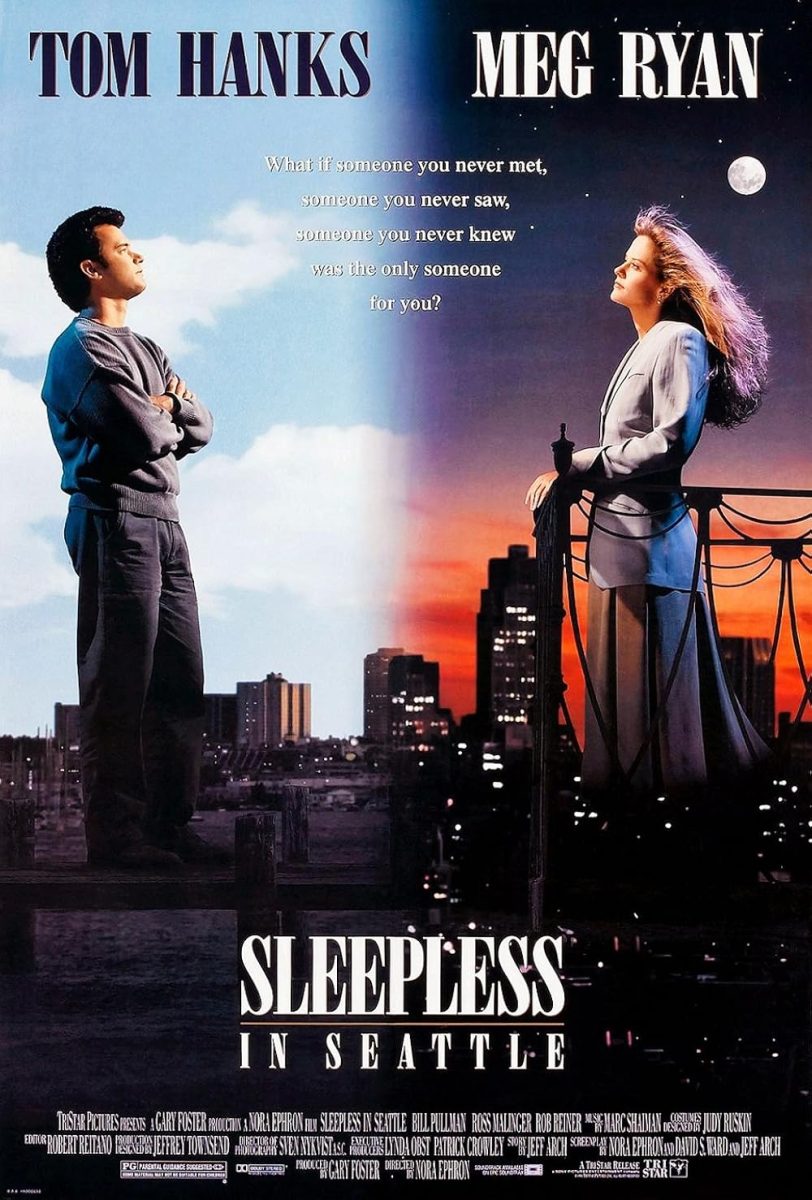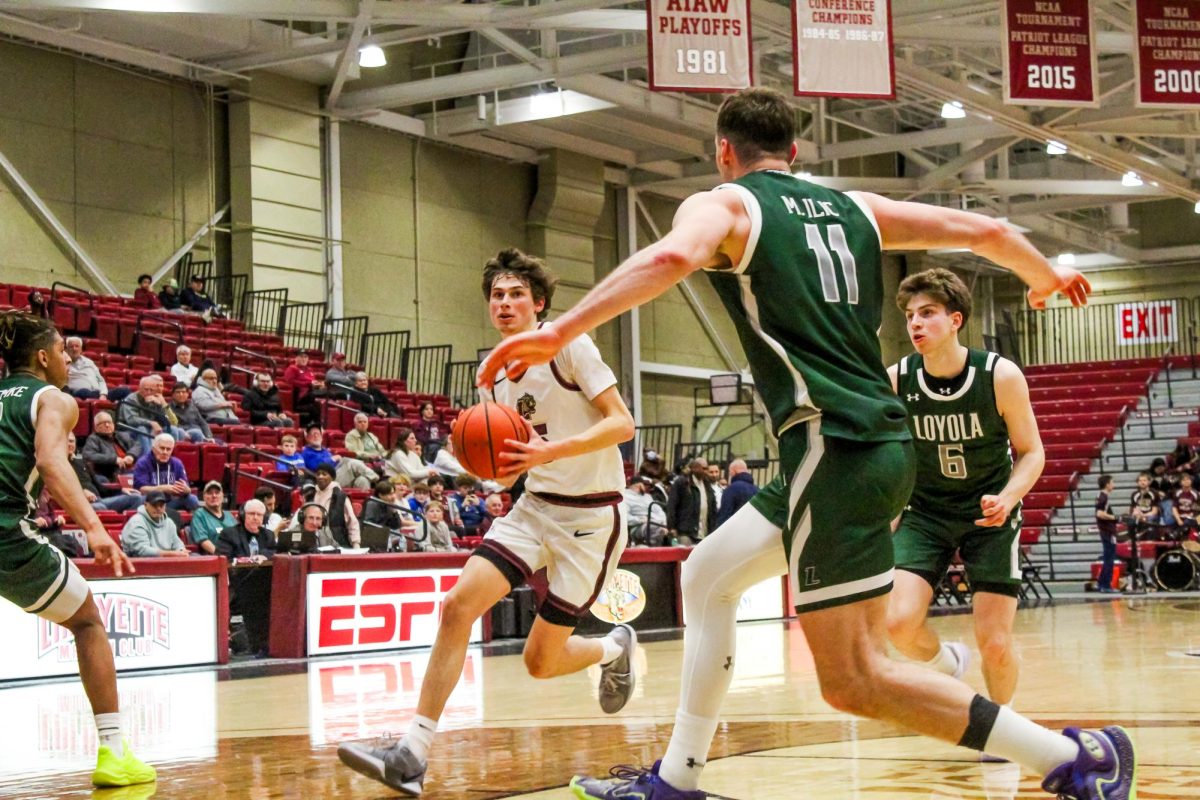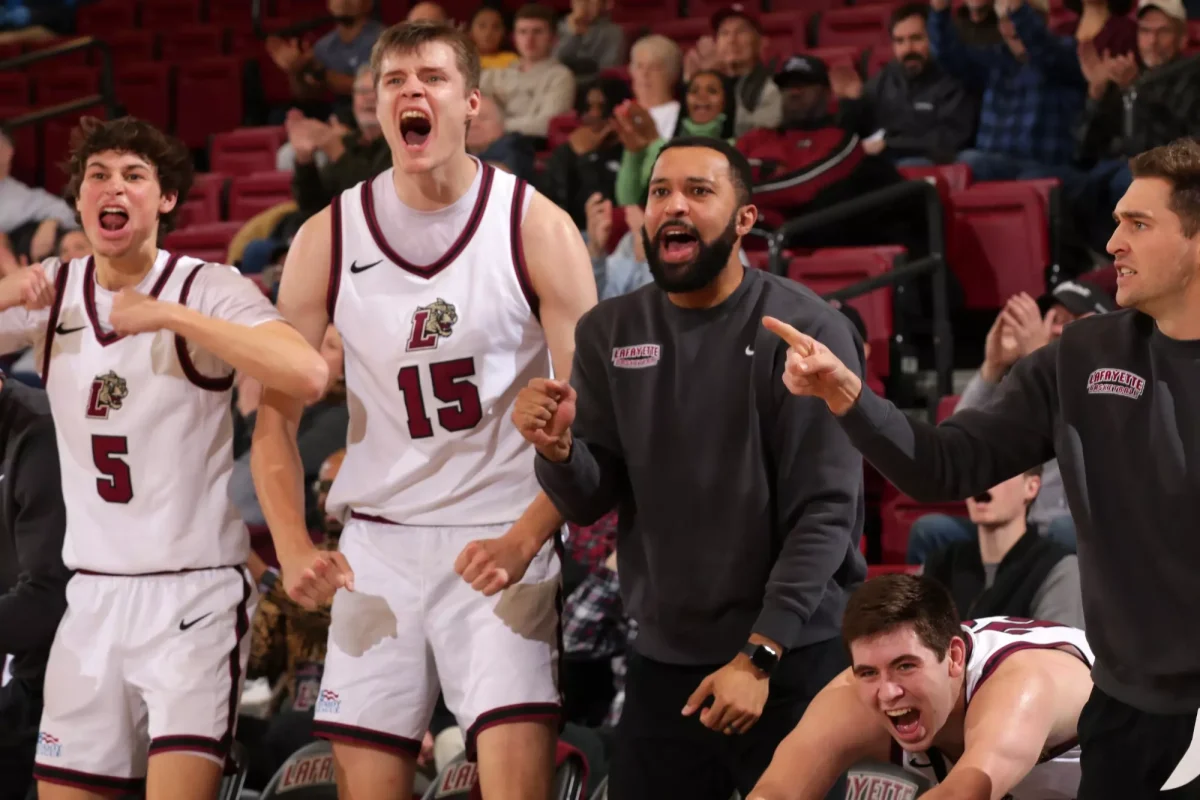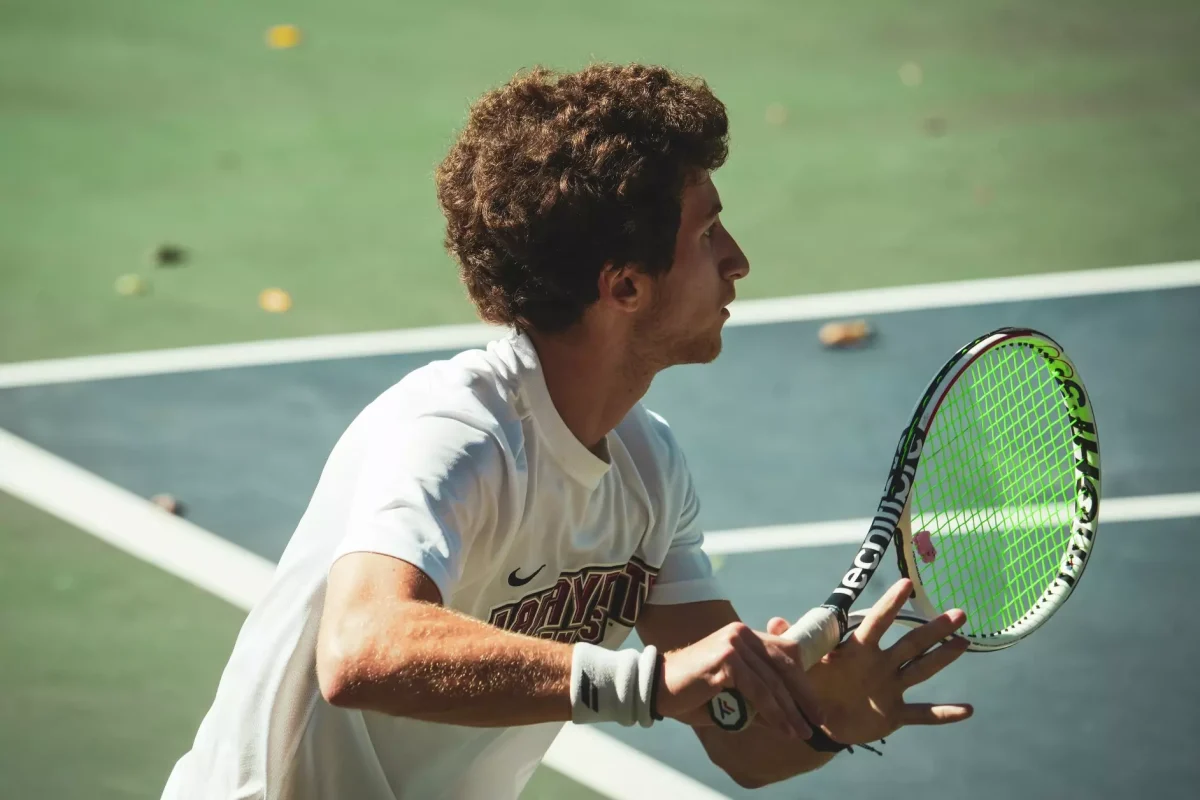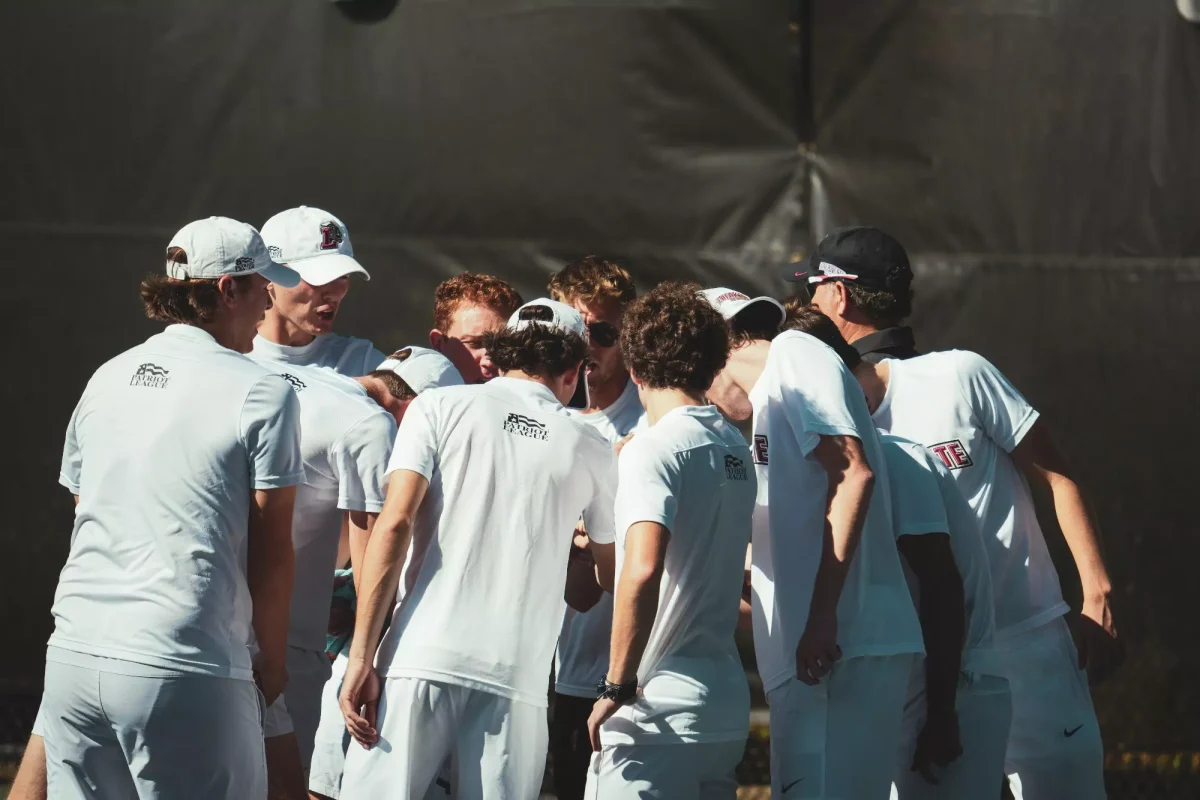Imagine going home after a day of school, hoping for a plate of food and receiving only rice, or nothing at all.
As part of the National Hunger and Homelessness Awareness Week, the Oxfam Hunger Banquet aimed to create such an interactive experience that demonstrated how struggling with hunger affects people on a daily basis.
Oxfam is “a global organization working to end the injustice of poverty,” and they provide the materials and information needed to put the banquet together, according to its website
Fatima Akbar ’18 came up with the idea of having a banquet at Lafayette, and it was coordinated by Morgan O’Connell ’18 from the Landis Center for Community Engagement.
“Initially, we had a team of five people. I asked everyone to do research and [Akbar] came to the meeting with two ideas. One of them was the hunger banquet and since I also had one at my high school, we decided to go with it.” O’Connell said.
At the banquet, members of community arrived and received an identity of someone in the world as either low, middle or high income. This identity then dictated their meal for the night.
“You have a 50% chance of picking someone who is low-income, 30% chance of middle-income, 20% chance of high-income, and those numbers are correlated to the population in the low- middle- and high-income brackets,” O’Connell said.
Tori Yordt ’20 drew from the box a card with the identity of a woman in low-income bracket. Participating in the hunger banquet prompted her to take a step back and be more aware of the reality of hunger in the world.
“I think it’s interesting that we live our lives a lot of the time without thinking about how some people have to live like this and eat this [plain rice] every day. Not everyone has a dining hall. People struggle to have meals every day. I also find it interesting to read their stories,” Yordt said.
Sitting in the low-income area despite getting a middle-income card, Abby Smith ’20 admitted she felt bad letting her friend eat alone on the floor. The Oxfam Hunger Banquet changed her outlook on income classification.
“I think there’s a difference between hearing a lecture and experiencing this for yourself. I expected there to be more substance to the food of the middle-income because it’s what you think of when you think of the majority of the states, but this is not what I eat every day,” Smith said.
People in the “low-income” group had plain rice for dinner while sitting on the floor. Those with “middle-income” status got to eat rice and beans at the table. “High-income” individuals had access to pasta, salad, bread rolls and a wide range of drinks along with tables with tablecloths.
The event was also meant to encourage conversation and reflection through discussion questions for each group.
“Hunger banquet is an experience that gives people a new perspective and an easy way for them to understand global hunger. The discussion and questions provided are for reflection, so it’s supposed to be a combination of reflection and first-hand experience,” O’Connell said.
Leslie Villaverde ’18 and Sam Miller-Brown ’18 were on the other end of the spectrum from Smith and Yordt, and both got high-income identities.
“I kind of feel bad. I wanna go give everyone pasta,” Villaverde said. “It kind of makes you realize how privileged you are. When I was at home, I would ask my mother, ‘Where is the meat?’ if I only see rice on the dining table.”
For Miller-Brown, the Hunger Banquet was an opportunity to imagine what people from other income groups would have for dinner.
“This [high-income food] is fancier than what I eat every day. I would identify with the middle-income more. I think it’s cool because everybody is in the same room so you can see what’s happening, whereas when you’re eating dinner at home, what you’re eating is all you know,” Miller-Brown said.





















